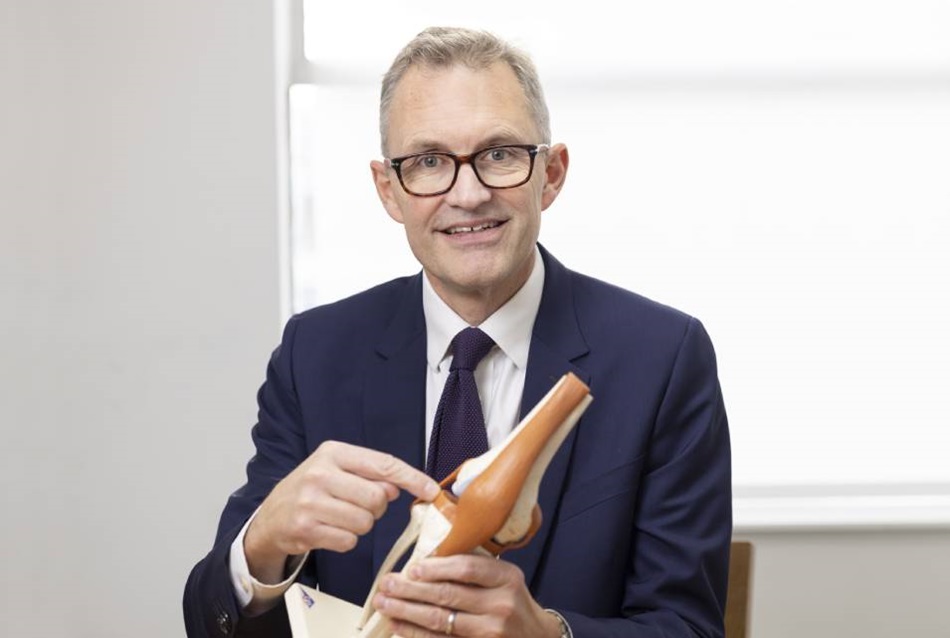Soft tissue sarcomas usually appear as a lump under the skin of your arm or leg. The lump could be painful but that’s not always the case. Lumps are often small to start with but can grow quickly and the rule of thumb is if a lump is bigger than a golf ball, it’s highly suspicious of a sarcoma.
In children and young adults with bone sarcoma, pain in the hip or knee tends to be the most common symptom. The difference between sarcoma pain and other musculoskeletal pain is that sarcoma pain constant and often wakes people at night. If a child has pain in their bones that wakes them up, that is a worry and should be investigated.
Increased awareness of sarcoma is needed in both primary and secondary care, as sarcoma should not be difficult to diagnose. The right test for a suspected soft tissue sarcoma is an ultrasound and for a suspected bone tumour, an X-ray. Sarcoma should be considered when a patient presents with a soft tissue lump or has unexplained bone pain that wakes them at night. While this type of cancer is rare, it is important not to miss a sarcoma.
Early detection is very important before a soft tissue sarcoma begins to spread and involve major blood vessels or other structures. When sarcoma is treated at the earliest stage, the operation to remove the tumour is less complex and when a lump is small, we can sometimes avoid radiotherapy.
For bone sarcoma, early diagnosis helps us to identify small bone tumours and these are much easier to treat. We want to avoid the bones inside the tumour becoming weak as this can increase the risk of an arm or leg break, making surgery more difficult.
Genomics is helping to change the way we think about and treat sarcoma. By unravelling the DNA makeup of sarcomas, we can work out why some patients survive and others don’t and why only some people respond well to chemotherapy, radiotherapy and surgery. The future for sarcoma care is likely to be individualised treatment based on the genetic sub-type of these tumours and that’s where all research needs to go.

